See all the products Microsoft has murdered since 1992
Microsoft is one of the world’s most valuable companies. What started with the DOS and Windows operating systems has snowballed into a company with its hands in gaming, robotics, farming, augmented reality, and more. (You can chase down a lot of new ideas when you employ 180,000 people.)
But inevitably Microsoft has killed countless products on its path to global domination. And you can see a long list of those products on the site Killed by Microsoft. It’s a sequel to Killed by Google, executed in exactly the same style (its creator, Fabiano Riccardi, built off the original project by Cory Ogden). These “Killed by” sites are a funny but informative way to skim through the products that time forgot, as each dead product is adorned with its own tombstone and a link to Wikipedia to learn more.
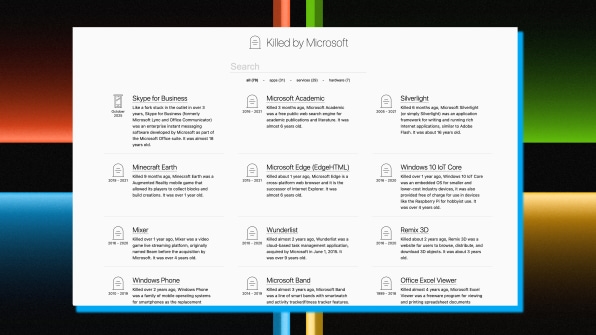
Truth be told, Killed by Microsoft doesn’t feature every product the company has iced since it was founded in 1975. The most notable recent absence is Tay, the racist AI that went berserk on Twitter back in 2016. The list is shorter than it might be. Notably it does not include several discontinued versions of Windows released over the years (not even the face-plant that was Windows 8’s Metro design language, a flat overhaul that was so hated it forced Microsoft to bring its famous Start button back). Nor will you see the many Xboxes on the list or iterations of the AR headset HoloLens.
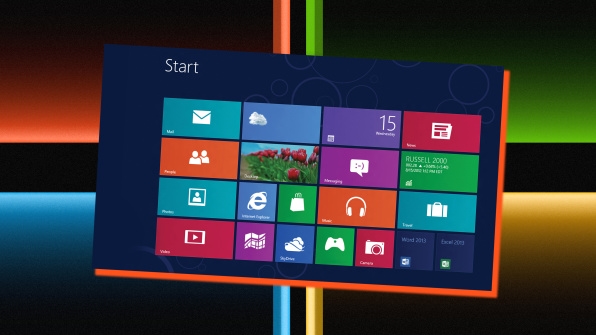
Even still, the list features 70 products that Microsoft has discontinued since 1992, which offers quite the stroll down memory lane—while providing plenty of stops your memory probably missed altogether. And while some of those stops are cringe-worthy, many paint Microsoft as a company ahead of its time.
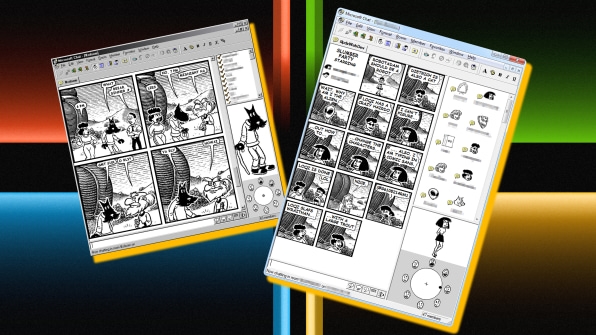
Take Comic Chat (1996 to 1999). This was basically another piece of text chatting software for desktops, like the popular AOL Instant Messenger (AIM) of that era. But instead of using just words, Comic Chat actually transformed written text into comic book panels. It didn’t only put words into speech bubbles; its characters had postures and facial expressions that added emotion to your words (you could make your character laugh by typing “LOL,” for instance).
Comic Chat may not have de-seated AIM, which was the biggest messenger of that era. But you can see how many of its ideas played out over a decade later. Today, Bitmoji people act out your words on Snapchat (Bitmoji itself originally began as an online, customizable comic book), and Apple’s memoji mascots are full-motion cartoon avatars for iMessages.
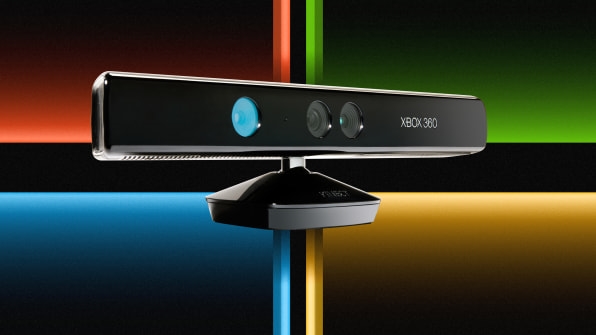
Another product ahead of its time was Kinect, a body-tracking camera built for Xbox that could listen for voice commands. We wrote a lengthy retrospective on the Kinect when it was retired in 2017, and while it didn’t woo the gaming market as Microsoft intended, we can see how its core technologies actually worked their way into the iPhone (its front-facing camera tracks your face for those aforementioned memojis!), along with Microsoft’s HoloLens headset. And this is not to mention countless experiments that creators and researchers conducted with Kinect hardware throughout the 2010s.
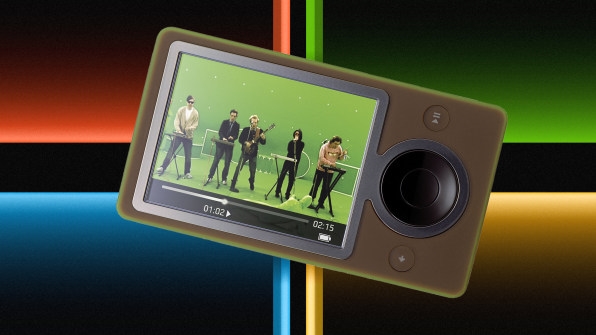
[Photo: Microsoft/Getty Images]
But if you really read between the lines, the list does highlight Microsoft’s weakest link over the last 20-plus years: mobile. Microsoft’s misses in mobile tech started with the well-designed Zune (2006 to 2015). This was Microsoft’s iPod competitor that featured a squishy body and a brilliant typographical interface that still feels contemporary to this day. But it arrived five years after the first iPod, making it too little too late.
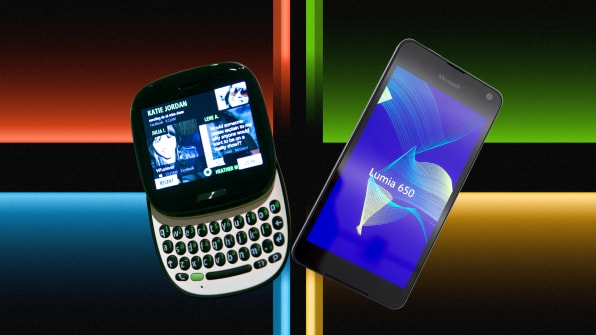
[Photos: Ryan Anson/Bloomberg/Getty Images, mik38/Getty Images]
You’ll also see its many failed smartphones. The Microsoft Lumia (technically a Nokia phone that Microsoft renamed after acquiring the company) launched in 2011. Its bright colors and chunky interface were a refreshing counterpoint to the iPhone, but it was discontinued in 2017 because Windows Mobile phones could never find a foothold in the market.
However, you won’t spot a bigger failure in the history of gadgets than the Microsoft Kin, which launched in 2010. It was Microsoft’s attempt to build a fun QWERTY phone like the Sidekick. But after just 48 days of dead sales, Microsoft pulled the phone despite an estimated $1 billion in development costs. It sold all of 503 units.
You’d think these mobile failures would be enough to kill not just a few Microsoft products but Microsoft as a company. Yet while the company could never beat Apple at its own game, Microsoft’s Office and its business-facing cloud services have allowed its fortunes to grow all the same. When Microsoft has failed to woo consumers, it’s always found a way to win over IT managers.
(32)



